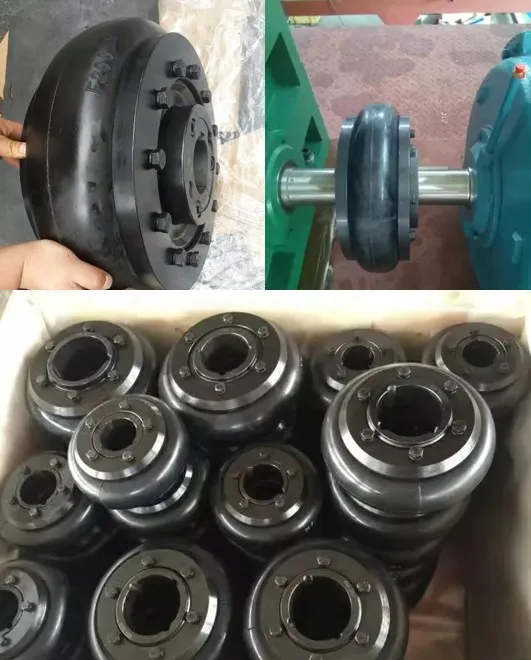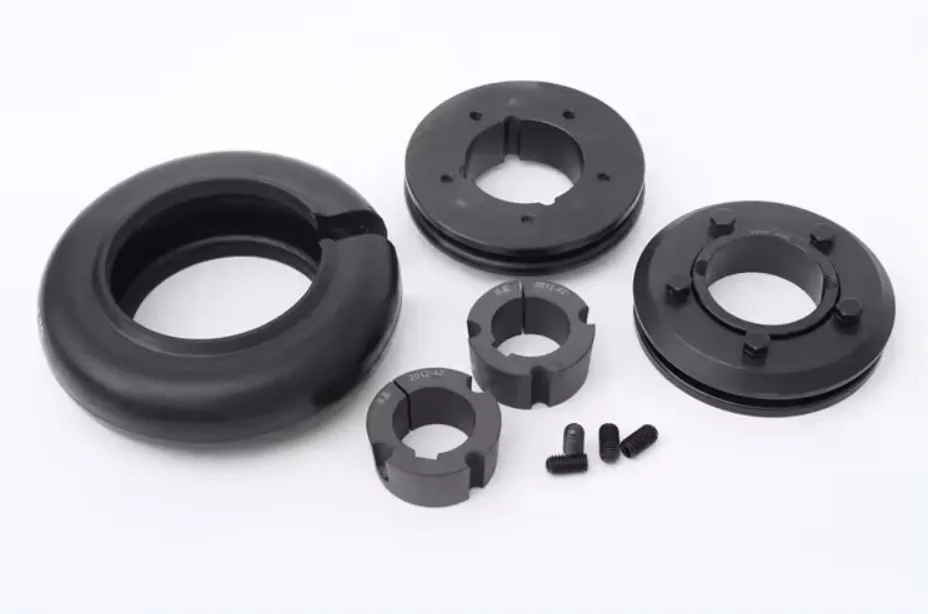Pipe Rubber Coupling: A Comprehensive Guide
Introduction
A pipe rubber coupling is a vital component used in various industries for connecting pipes of different sizes, materials, or configurations. This flexible coupling provides an effective and reliable seal, ensuring leak-free connections and preventing the transmission of vibrations and noise. In this article, we will explore the features, benefits, installation process, and selection criteria for rubber couplings. Join us as we delve into the world of pipe rubber couplings and uncover their importance in modern engineering.
1. Understanding the Functionality of Pipe Rubber Couplings
One of the main advantages of pipe rubber couplings is their ability to absorb and compensate for pipe misalignments, angular deflections, and axial movements. By utilizing innovative rubber materials and design principles, these couplings provide flexibility and durability, allowing for the smooth operation of connected pipes. Let’s explore the key features that make rubber couplings indispensable in various applications:
Elasticity and Damping Properties
Equipped with high-quality rubber compounds, pipe rubber couplings possess excellent elasticity and damping properties. This allows them to absorb vibrations, shocks, and noise generated by the fluid flow, reducing stress on the connected pipes and enhancing the overall system’s performance.
Chemical and Corrosion Resistance
Modern rubber couplings are engineered to withstand a wide range of chemicals, acids, and corrosive environments. Their superior resistance properties ensure long-term reliability, even in demanding industrial applications where exposure to aggressive substances is common.
Easy Installation and Maintenance
Installing pipe rubber couplings is a straightforward process that requires minimal tools and expertise. With their simple design and flexible nature, these couplings can be easily fitted onto pipes, saving time and effort during installation. Moreover, their low maintenance requirements make them a cost-effective choice for various piping systems.
Temperature and Pressure Resistance
Rubber couplings are designed to withstand extreme temperature variations and high-pressure conditions. Their robust construction and heat-resistant materials ensure long-lasting performance, even in environments with fluctuating temperatures or demanding process requirements.
Versatility in Applications
From plumbing systems to industrial pipelines, rubber couplings find applications in a wide range of industries. Whether it’s connecting PVC, cast iron, or steel pipes, these couplings offer compatibility and adaptability, making them suitable for diverse piping configurations and materials.

2. How to Install Rubber Couplings
Installing a rubber coupling onto pipes requires a systematic approach to ensure a secure and reliable connection. Here are the steps to follow:
Step 1: Prepare the Pipes
Clean and dry the pipe ends that need to be connected. Remove any dirt, debris, or burrs that may hinder the proper fitting of the coupling. Ensure that the pipe ends are smooth and free from any irregularities.
Step 2: Lubricate the Rubber Coupling
Apply a thin layer of lubricant on the inside surface of the rubber coupling. This lubrication facilitates easier installation and ensures a proper seal between the coupling and the pipes.
Step 3: Insert the Coupling
Place the rubber coupling over one of the pipe ends. With a gentle twisting motion, push the coupling onto the pipe until it reaches the desired position. Repeat the same process for the other pipe end.
Step 4: Secure the Connection
Tighten the clamp bolts or bands surrounding the rubber coupling to secure the connection. Ensure that the coupling is centered and evenly aligned with both pipe ends for optimal sealing and performance.

3. Choosing and Customizing the Right Rubber Coupling
Selecting the appropriate rubber coupling for your specific application requires consideration of several factors. By evaluating the following parameters, you can ensure the optimal performance and longevity of your coupling:
Flexibility and Angular Misalignment Tolerance
Assess the level of flexibility and angular misalignment tolerance required for your piping system. Different rubber coupling designs offer varying degrees of flexibility and angular compensation, allowing you to choose the most suitable option based on your system’s needs.
Size and Pipe Compatibility
Determine the size and material of the pipes you need to connect. Rubber couplings are available in various sizes and are compatible with different pipe materials, including PVC, stainless steel, or ductile iron. Ensure that the coupling you select matches the specifications of your pipes.
Operating Conditions and Environment
Consider the operating conditions, including temperature, pressure, and the presence of chemicals or corrosive substances. Choose a rubber coupling that can withstand the specific conditions in which your piping system operates, ensuring long-term reliability and safety.
Sealing Performance and Leakage Prevention
Evaluate the sealing performance of the rubber coupling. Look for features such as multiple sealing points, gaskets, or integral O-rings that enhance the coupling’s ability to prevent leakage and ensure a tight seal between the pipes.
Longevity and Maintenance Requirements
Assess the expected lifespan of the rubber coupling and its maintenance requirements. Consider factors such as durability, resistance to wear and tear, and the availability of spare parts or replacement components. Choose a coupling that offers extended service life and low maintenance costs.

About HZPT
HZPT, located in Hangzhou, Zhejiang Province, is a modern enterprise specializing in the research, development, production, and international trade of couplings. Committed to our core values of integrity, unity, progress, and innovation, we strive to become a globally influential international group.
At HZPT, we specialize in the production and sale of various rubber couplings, including drum couplings, spring pin couplings, serpent spring couplings, universal couplings, star couplings, expansion couplings, membrane couplings, and tire couplings. Our couplings are manufactured and tested with strict quality control measures, and we hold certifications such as CQC, ISO, and CE.
With a customer-centric approach, we provide excellent sales and technical support to over a hundred partner companies. Emphasizing “people-oriented” and placing customer satisfaction as our highest priority, we collaborate with customers to achieve mutual development.
Choose HZPT as your trusted supplier of rubber couplings, and unlock the potential of your piping systems.

